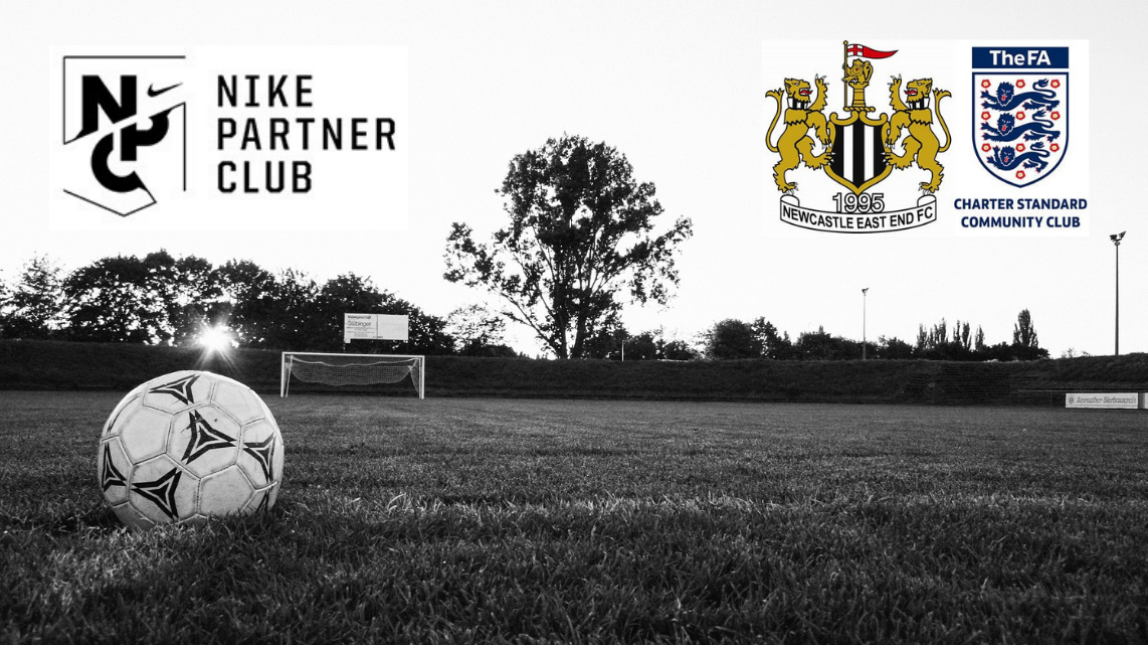It is difficult to describe specifically what dizziness is, some will describe it as light headiness whereas others will see it as vertigo, where it feels as though the room is spinning. What we do know, however, is that dizziness is a symptom that appears across varying conditions.
Benign Paroxysmal Positional Vertigo (BPPV)
Benign Paroxysmal Positional Vertigo (BPPV) is dizziness that is a result of a change in head positions. It occurs when Otoconia, which are small particles inside the inner ear, become dislodge and are free-roaming through the system of semi-circular canals with the inner ear. The canal then becomes sensitive to the changes, this often occurs in situations such as when you move from laying down to sitting up. BPPV incidences are present across 64 per 100,000 cases where 50% are over the age of 65. Women are more commonly affected but BPPV can be a result of various incidents such as head injuries, vestibular neuritis (a virus that targets the vestibular nerve) and long periods of immobility.
How do we treat BPPV?
BPPV can be diagnosed through the Dix-Hallpike Manoeuvre or the Horizontal head turn test when Nystagmus, involuntary movement, is present within the eye during positional change. Understanding Nystagmus helps us diagnose which canal is affected. Once detected and understood, several different manoeuvres are used to then treat BPPV. The most common being the Epley Manoeuvre, used across 90% of cases, which effectively treats the posterior/ anterior canal. Other specific manoeuvres include Semont and the Horizontal Turn (BBQ). After this has all taken place symptoms are usually relieved after 1-2 treatments.
Cervical Muscular Dysfunctions
Cervical Muscular Dysfunction can cause dizziness when muscles are tight, and pressure is applied around the nerves or blood vessels leading to the brain. It is usually accompanied by headaches and is a result of stress, poor posture and workload.
How do we treat Cervical Muscular Dysfunctions?
Examination includes an assessment of general posture before testing the range of motion of the neck, identifying any tension or weakness within the muscles. Once this has concluded, treatment will include a soft tissue massage to release the tension and an exercise plan will be supplemented to improve posture and strengthen these muscles.
Vestibular Neuronitis
Vestibular Neuronitis is a virus that targets the Vestibulocochlear nerve (VIII Cranial Nerve) and can cause a sudden onset of vertigo for up to 24 hours. It can also cause blurred vision, nausea and vomiting. There, in some cases, will be occurrence of BPPV and Nystagmus.
How do we treat Vestibular Neuronitis?
The prognosis is excellent but can take up to 3 months to settle. Once diagnosing the neuritis as a cause, BPPV can be treated (if necessary) and then a rehabilitation programme can be implemented to train the vestibular system to improve the balance and core control of the patient.
Migraines
An often very common cause of dizziness, where vertigo affects 33% of migraine sufferers. Yet with migraines besides dizziness there are a number of different symptoms such as severe headaches lasting up to 72 hours, nausea, vomiting and photophobia.
How do we treat Migraines?
Treating the dizziness will first start by treating the migraine- consult with the GP and try to recognize and avoid the triggers of the migraine. In addition, it is known that acupuncture is a valuable treatment for migraines, we will also however build a vestibular rehabilitation programme to improve patient balance.
Vestibular Hair Cells
As we grow older the vestibular hair cells tend to decrease in number and the vestibular reflex is decreased which can affect the vestibular system function. There is usually a decrease in visual and proprioceptive system function as well and the combination is the reason why balance is decreased within Elderly.
How can we help?
On examination we will assess the patient’s vision, eye movement function and reflex as well as the patient’s dynamic balance and muscle strength. Treatment will consist of building a specific balance rehab programme including vestibule exercises, balance and proprioception exercises (static and dynamic) and general strengthening for the main muscle groups and core muscles.
Transcient Ischemic Attack (TIA), Stroke or Tumour
Dizziness can be a symptom of a central nervous system condition that causes pressure on blood supply to the brain. It could be a TIA (transient ischemic attack), a stroke or a tumour pressuring on the vessels. With these conditions there will be other neurological symptoms like: visual dysfunction, drop attacks, incoordination, confusion, headaches, loss of consciousness, dysarthria, hearing loss etc
What do we recommend?
If those symptoms appear you should contact your GP for further investigation to enrol these conditions.
Should you suffer from dizziness, there is a lot we can do for you.
First step is the initial examination to determine the cause of the dizziness. We will take your history and ask specific questions before testing your eye movement and reflexes and use special tests to diagnose BPPV if exist. We then build a specific treatment plan including using the relevant manoeuvres and build a tailor-fit exercise plan to improve vestibular system function, core muscles control and balance.


